Genesis: Final Point – Fernando Gonzalez-I. Sitges (2000)
Galapagos archipelago occupies a special place in our quest to understand nature. It sits right on the junction of the Pacific ocean current where warm and cold water shifts. The nutrient levels reaching the islands by cold Humboldt current show a drastic decline when warm surface waters engulf the archipelago. The Galapagos lies at the southeast trade winds. When the current shifts the rainfall pattern changes drastically. The


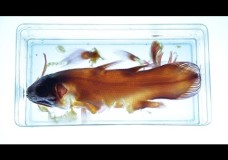
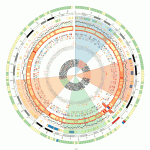

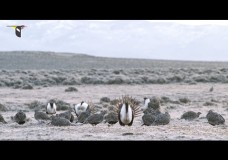


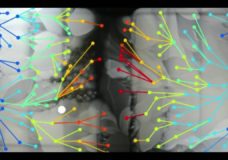
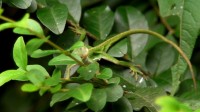

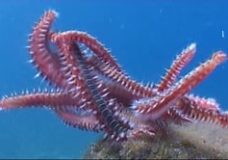
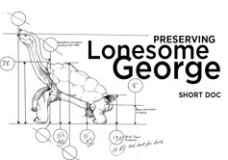
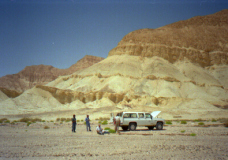

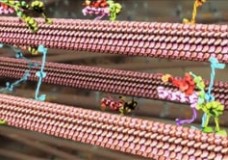

Recent Comments